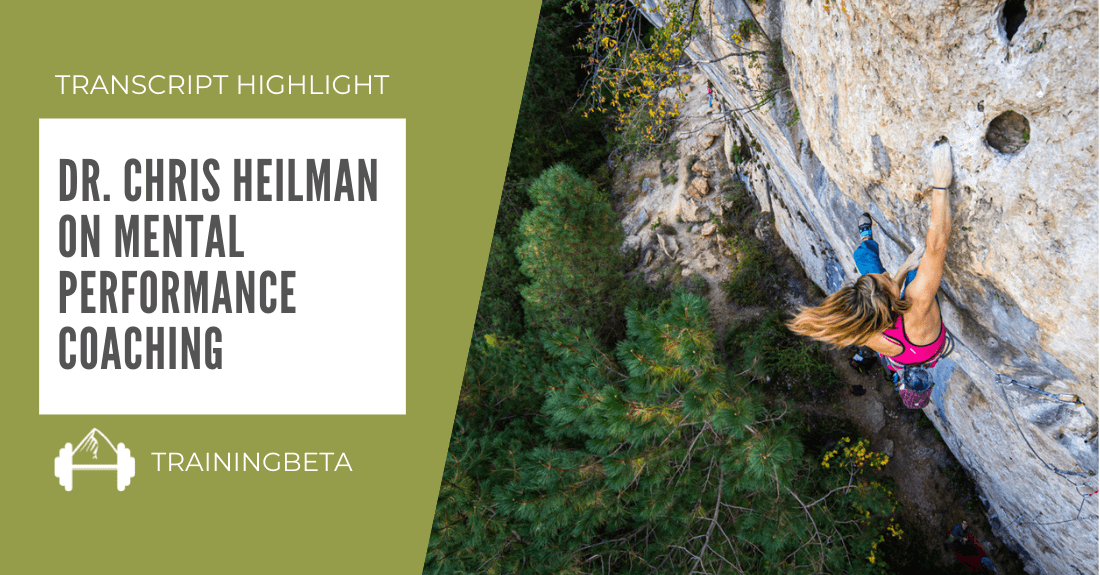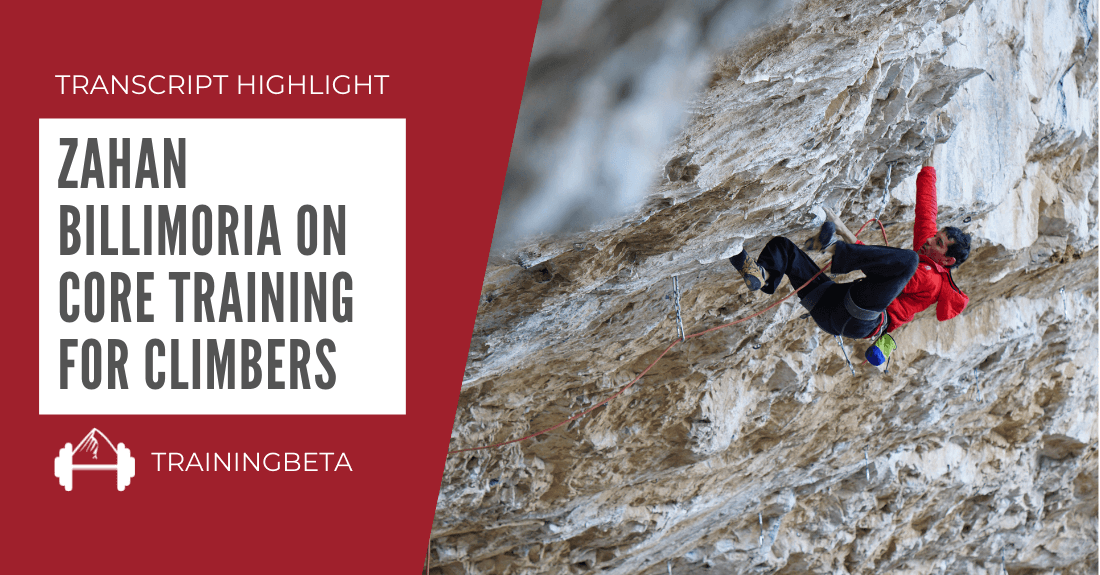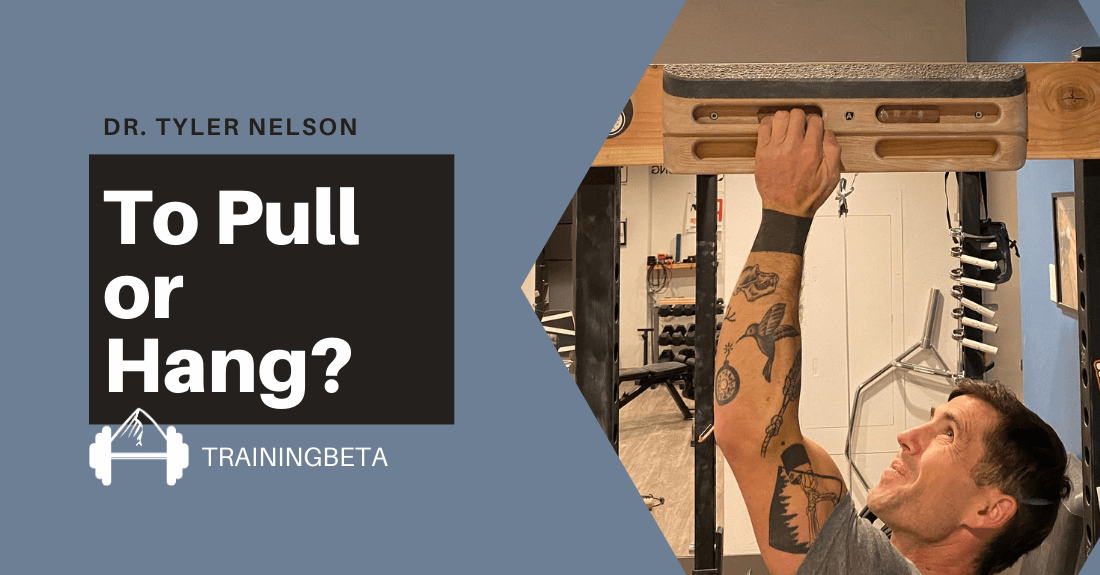Jonathan Siegrist is a badass. His resume of hard routes speaks for itself and, with several 9b/5.15b sends under his belt, he’s in an exclusive club of the world’s best rock climbers. For the rest of us, when you see that a climber of Jonathan’s ability has sent another hard route, it’s easy to not be surprised.
There’s nothing wrong with expecting top-level performances out of the climbing elite, but there’s is a danger in assuming that elite level climbers are only climbing harder because they have stronger fingers, better endurance, or some other physical attribute. While the stronger fingers part is definitely true in Jonathan’s case, looking at things only from the physical perspective isn’t allowing you to see the full picture of what’s responsible for his performances. Jonathan isn’t sending 5.15b just because of his finger strength. He’s an extremely skilled rock climber and, maybe most importantly, Jonathan knows how to TRY HARD.
To illustrate just how important trying hard is, here’s an excerpt from TrainingBeta Podcast Episode 125 where Jonathan talks about his experience sending Planta de Shiva 9b/5.15b and just how deep he had to dig to get it done. Read it, learn from Jonathan’s effort, and challenge yourself to really give it 110% next time you’re out there trying your own project.
If you like what you see here, be sure to check out the full episode/transcript. This episode is a little different as Jonathan and Neely interview each other about their respective experiences in Spain climbing in Villanueva del Rosario. The result is a really interesting conversation with a lot of valuable insights for climbers of any ability level. Check it out!
Jonathan Siegrist on Trying Hard
Neely Quinn: Let’s talk a little bit more about trying with everything in your soul because I was lucky enough to watch you send your route and it was amazing. I don’t say that lightly. I don’t witness what I witnessed very often. When I saw you climb that climb you were a muerte, terminal for a long time on the route, and you just kept going. Screaming, literally bleeding out of your finger. At one point he stopped, blew off his finger and then grabbed the next hold. Tell me about that experience when you actually sent.
Jonathan Siegrist: It’s definitely an experience that I will never forget. I’ve been trying over the last few days, because I think it’s been four or five days now since I sent, to really concrete the emotion of trying the route in my head because I don’t want to forget it because it’s pretty special to me. Like I said before, the route is really resistant and consistent. There’s basically no resting and the route kind of gets easier after the hardest part, like each bolt gets easier than the last. The style of climbing changes just slightly enough that you can be ballistically pumped for crimping but all of a sudden it’s pinches and you can all of a sudden keep going for more moves.
I had also practiced the route a lot so I was prepared. I had practiced the route when I was tired and I practiced the route from low points and all of these other things so I was prepared for a moment, an opportunity that I might have to do it.
I don’t really know what to say about the experience itself. It definitely felt, to me – I’ve always said this and people are always kind of mad at me when I say stuff like this but I’ve never felt like I have any kind of supernatural inherent climbing ability. I work really hard physically to improve by training and things like this, but one thing that I definitely have that a lot of people don’t have is just tenacity. I’m hardheaded and I’ll try over and over and over again and I’ll prepare for months if that’s what it takes. I’m happy to sacrifice any other parts of my life that is required and I think that in the moment that I climbed Planta de Shiva, I think it was just kind of an expression of that. I just wasn’t going to let go.
As you said, I got to this awful rest that actually broke after Jakob did it so Angy did it in the same condition I did but Adam and Jakob did it with an extra hold for resting. Now there’s this horrendous rest. It’s only a rest because every other hold is complete garbage and these two holds are just bad instead of being garbage. You can rest there honestly for maybe 20 seconds but it’s not an actual rest. I’d never made it to this rest before and from that rest to the finish is probably 13d or 14a or something like that. I’d never made it to this rest before and when I got there on this try I looked down at my hand, like you said, and I was bleeding out of my middle finger quite a bit. I hadn’t had any splits or anything up until this point. I just kind of knew. I felt completely empty, void of anymore capability to go on, but I could see that my finger split was bad enough that I knew I probably couldn’t climb this route with tape on my finger and I only had a couple weeks left and it was getting hotter. I just was in a position where I felt like this was my opportunity. It doesn’t always work but a lot of times it just works to tell myself that this is it and I can’t fall. I tried like hell to the bitter end.
I visualized a lot before trying the route and at the end of the route, like I described before, there’s this plant, right? It has these plants growing out of the cliff and you grab the plant because there’s no other hold there and everyone has grabbed the plant. It’s not like cheating or anything. You’re at the end of the route anyways. When I visualized the route, leading up to the day that I sent, I was thinking and visualizing victory and grabbing the plant and being like, ‘Yeah!’ But in the actual moment I was so ballistically pumped that I could barely even hold onto the plant at this point. I tried to adlib some method to wrap my legs around the plant or something for a moment, a brief second, and then I realized that wasn’t going to happen and had to carry on to the anchor.
I don’t know. I think just in general about the actual send, when I spoke to you guys afterward I kept talking about how I couldn’t believe that I actually sent. Moments like that, and I’ve had a number of them in my life, like the one that comes to mind is the day that I did the Dunn/Westbay Direct on the Diamond with my dad. I wrote about that a little bit on the Arc’teryx blog. That was a similar experience where it’s almost as though I felt like there was no pressure. It’s not like I feel like I have everything to lose, it’s more that I can’t fucking believe that this is possible. You know what I mean? That’s the message I keep telling myself and I don’t know. You just keep going. I don’t know how to describe it but it’s really special.
I wrote the same thing about doing the Dunn/Westbay Direct and that is that it’s cool when somebody can go and just take a dump on these things and make it look easy and do it fast or whatever, or do it and make it look awesome and easy, but sends like this are so much cooler in my mind to experience and to witness but also to do yourself. To have that moment where you’re like, ‘I was on the absolute verge, as close to failure yet still succeeding as possible.’ There’s some kind of weird sense of control when you’re there. I don’t know how to totally describe it but there’s an emotion where you can’t believe that you’re doing move after move, you just kind of forget about expectations or pressure or anything like that. You’re just like, ‘I’m doing it! I’m doing another move! I’m doing another move!’ Then there’s that second voice in your head that’s like, ‘There’s no fucking way that you’re going to do another move,’ and you’re like, ‘I just did another move.’ That left and right, back and forth just happening over and over and over again, having that exist in your head for 10 minutes or 15 minutes or one minute is pretty cool.
Neely Quinn: It was really funny how you described the communication between your brain and your body afterwards while you were up there. You were like, ‘This is the part where I really wanted my brain to be like: Yeah, you can do this, dude! You can do this!’ And your brain was like, ‘Wahmmmp.’ [laughs]
Jonathan Siegrist: My brain was completely turned off. It was like one of those messages you get when you turn on a 1950’s TV and there’s no TV and it’s just like, ‘Ehrrrrrrrr.’ That’s essentially the message that my brain had and my body was just fully taking over at that point I think.
Neely Quinn: Yeah. I think that that’s a hard place for a lot of people to get to. It was really cool to watch.
Jonathan Siegrist: And I guess that’s what I’m trying to say. I do think if I have a strength it’s having moments like that and just being able to freely, truly – I don’t care if it’s embarassing and people are like, ‘Oh, wow. You were so desparate.’ I’m like, ‘I’m getting to the fucking top right now.’ You know? I’m trying as hard as I possibly can and I don’t care if I fall weird or if I look weird or if I look like I’m so desparate or anything. I’m just going to the top. I know a lot of climbers who I feel like almost cut themselves short because they don’t want to breathe heavy or they don’t want to look silly or they want to execute it perfectly every time. I’ve just never had that. I just want to send and I don’t care how.
Neely Quinn: Why? What’s the emotion you had at the top?
Jonathan Siegrist: How do you mean?
Neely Quinn: Like, why do you want to send so bad? Why do you do this?
Jonathan Siegrist: I think it’s because I almost get motivated at times like that because I have something to prove to myself. I could so easily be failing and every piece of my body really wants me to let go. I mean, everyone has had that feeling. You feel that way even on 5.11 or 5.9 sometimes where we’re like, ‘God, I just want to let go. This sucks,’ you know? I think that that gives me extra strength because I’ve never wanted to let go so bad as right now but I’m not going to let go. That kind of thing.
Neely Quinn: Just to prove to yourself that you can keep going?
Jonathan Siegrist: Yeah, and something that I talk to you a lot about is it’s not even just proving it to myself in the moment, it’s that I feel a certain sense of responsibility to the previous me and the future me. The previous me that put in all the hours and the working hard to train to get to where I am, the previous me that dreamed this big and wanted this so bad and then sacrificed the plans or whatever else it is to get to where I am now. I don’t just mean over the last three months. I mean over the last 15 years. I want to make that person proud.
I also want to make the future me proud because it’s easy in the moment to be like, ‘I had a good try. I don’t have to try that hard. Even if I let go this is my best try,’ or whatever. Those thoughts go through my head, too, but then I think about what’s the person two months from now going to say about that? How am I going to feel when I get down? ‘God that was a good try but I did just kind of give up?’ You know what what I mean?
Neely Quinn: That’s interesting. You’re completely holding yourself accountable from both ends of your life.
Jonathan Siegrist: Totally, and I look back now at that moment and I’m incredibly proud, like I did something right. I’ve had both experiences where I’ve looked back at something and I don’t know if I gave it everything but I’ve also had moments where I was like, ‘Holy crap. Could I ever do that again? That was insane!’
Full Episode and Transcript: TBP 125 :: Jonathan Siegrist on La Planta de Shiva and Our Experience in Spain
(Photo of Jonathan on la Planta de Shiva 5.15b by @javipec)
Other Articles You Might Like:
- Transcript Highlight: Paige Claassen on Learning to Try Hard
- How To Try Hard
- Climb Strong: How Hard Do You Try?
- If It Wasn’t Hard, It Would Be Easy- Dave MacLeod








Leave A Comment